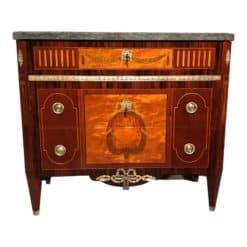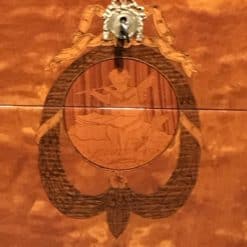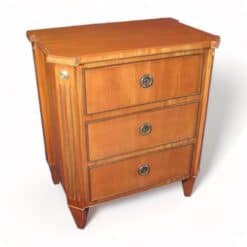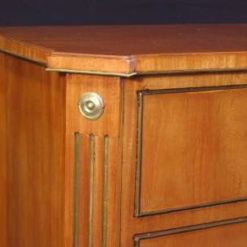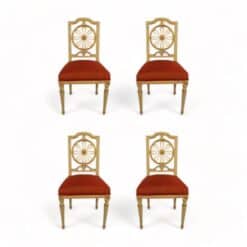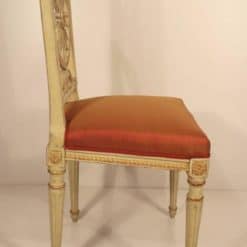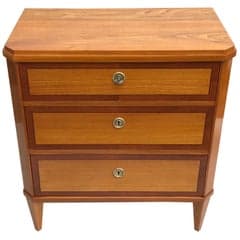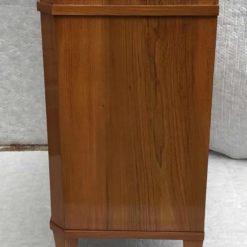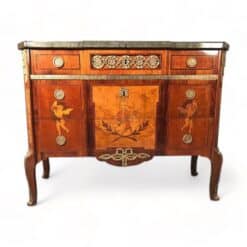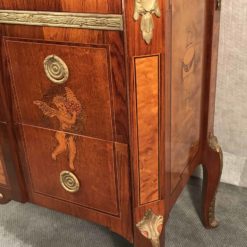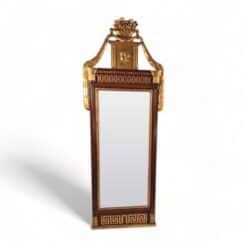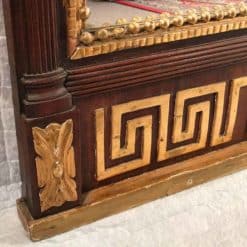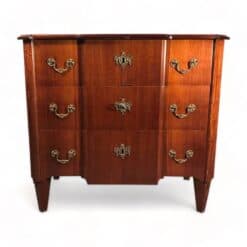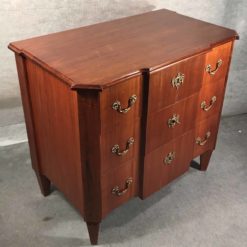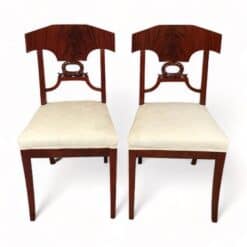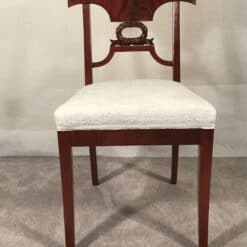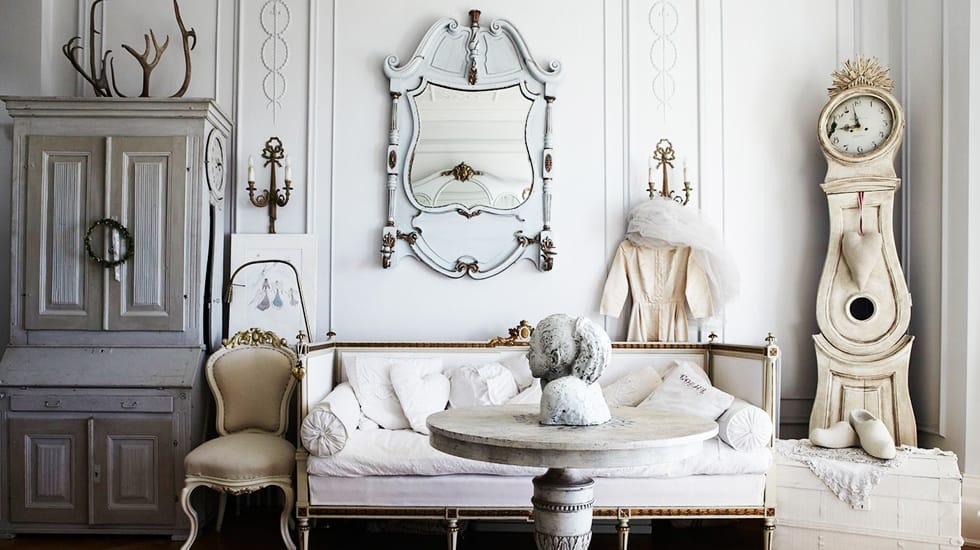Best Sellers
Style, Styylish History
Gustavian Style Furniture History
Gustavian Style & 18th-Century Swedish Design
Minimalist, light-filled interiors, and functional design are hallmarks of modern-day Scandinavian design. However, these qualities developed centuries ago with the Gustavian style.
Like other countries, the history of Swedish furniture and design ties into the rise of Neoclassicism and French influence.
Gustavian design describes the more subdued interpretation of the Louis XV and XVI styles in 18th century Sweden.
Specifically, it refers to the reigns of kings Gustav III, Gustav IV, and Charles XIII.
Gustav III, who reigned from 1771 to 1792, brought French influence to Sweden after his 1771 visit to France.
In France, Gustav fell in love with the Neoclassic designs popularized during the reign of King Louis XVI.
Now, these designs thrive both in Sweden and across the globe, often for adding grace and class to shabby chic interiors.
Its importance ties to both Swedish style, history, and culture, which is one reason why it has maintained its longevity.
French Influence of Gustavian Style
The shift in Swedish design towards Neoclassicism was already slowly developing when King Gustav III (1746-1792) returned from France in 1771.
Influenced by the impressive interiors he saw in the French court, Gustav wanted to include the same elements in his country. Thus the marriage of French and Swedish design was born.
This softer, more controlled version of Louis XVI design created an atmosphere of casual beauty and calming underrated class.
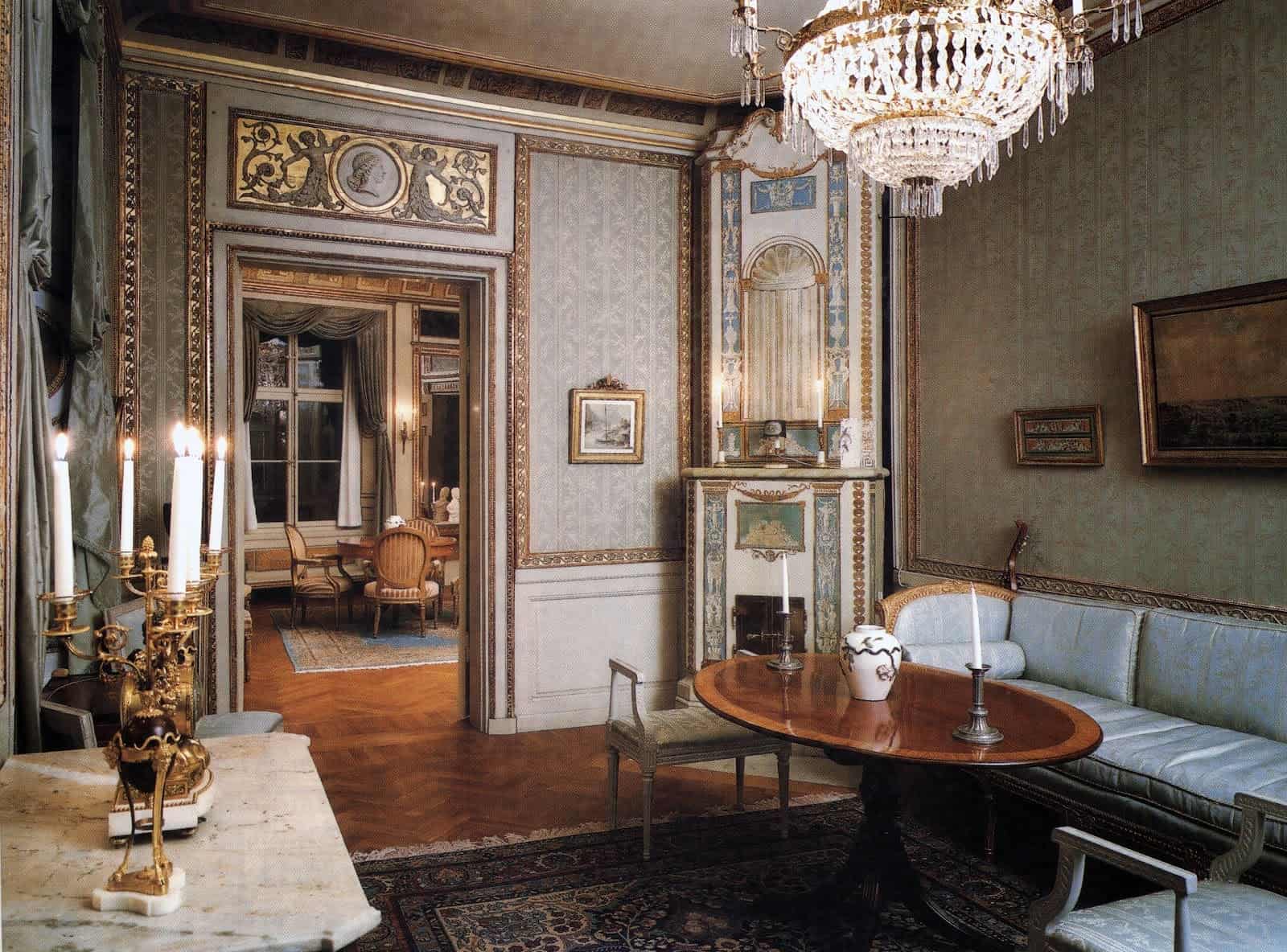
At first, furniture made in the Gustavian style was only for the royals in their stately homes.
In these palaces, rooms showcased polished and inlaid woods, luxurious gilt finishes, and expensive fabrics, silk tapestries, and bold parquet flooring.
Soon, the integration of foreign mannerisms diffused throughout Sweden. First, with the upper-class, then quickly to the Swedish country.
Peaceful, refined, and open living areas became standard. For the middle class and others who could not afford the more luxurious woods, they started painting furniture pieces.
The color palette shifted to pale greens, blues, pale grays, cream, pink, and white. Occasionally, however, ochre, red, and gold accented homes.
Swedish Cabinetmakers
Georg Haupt (1741-1784), whose work was celebrated during his life and is still highly revered, is attributed to establishing the beginnings of Gustavian furniture.
The beauty of Haupt’s pieces stems from their overall design, the handling of the materials, and the balance between smooth Neoclassic forms and French adornment. Bronze mountings, medallions, flat-band borders, and inlays of precious woods signify his works.
Haupt made furniture for Kings Adolf Fredrik (1751-1771) and Gustav III, but he also had clientele from the noble, middle, and diplomatic classes. Rarely was his furniture exported to other countries.
The commode pictured below is a piece from Haupt’s workshop and is located currently at the Royal Palace’s collection.

A second prominent figure in Gustavian furniture craftsmanship is Jöns Efverberg. His 1775 masterpiece was the second piece made in the Gustavian style. The first was Haupt’s 1770 writing desk.
The commode was an unusual choice for a masterpiece, as the majority of cabinetmakers made large cabinets.
Efverberg gathered inspiration from a disguised bed used by Gustav III’s night guard, which is evident in the intarsia motifs Haupt created.
The intarsia motif depicted rams heads and laurel garlands and was another unusual choice. At the time, Swedish commodes often only had stone tops or veneered geometrical forms.
However, Efverberg’s work remains a timeless and beautiful example of Gustavian furniture design.
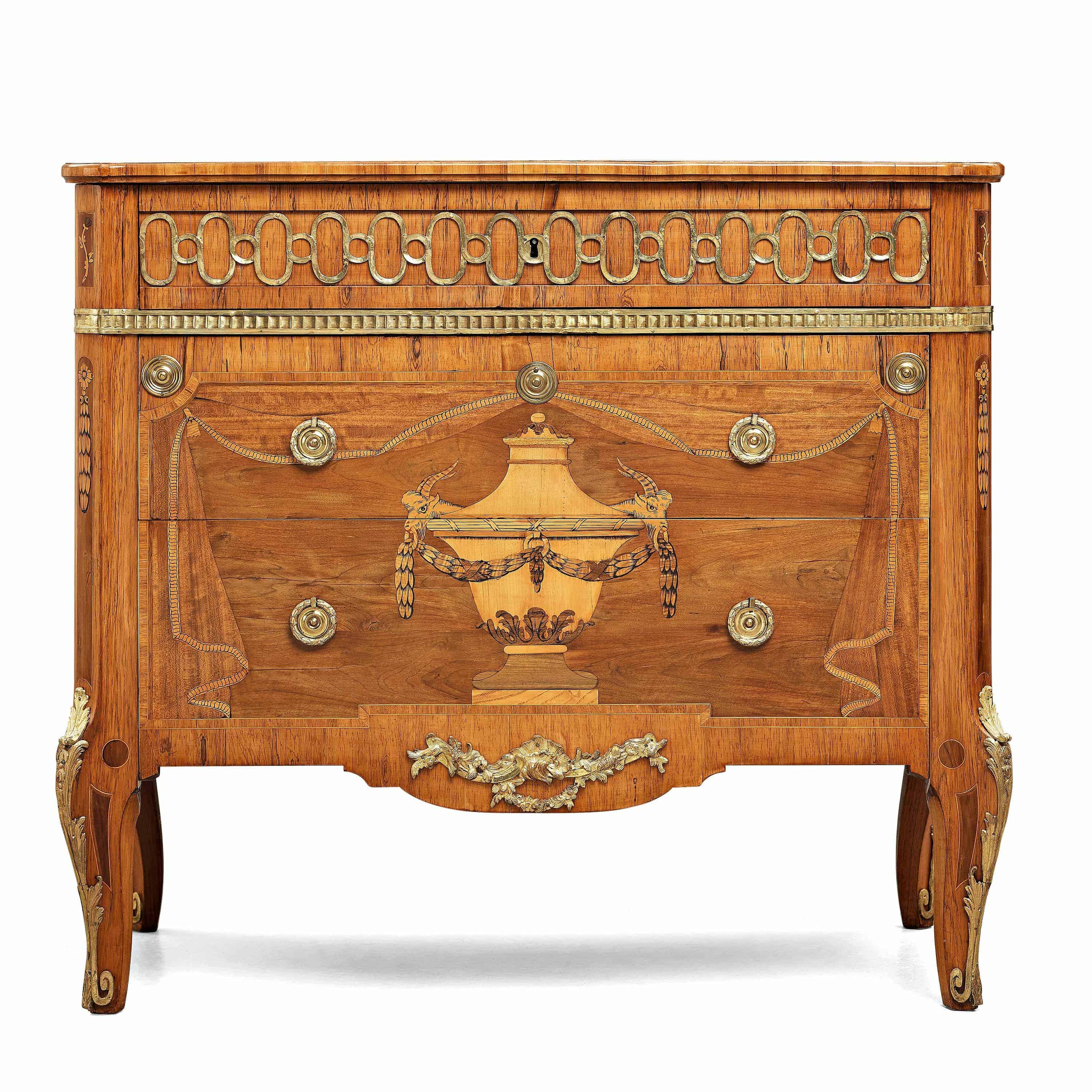
Characteristics of the Gustavian Style
French and Swedish design became so embedded that it can sometimes be challenging to differentiate between the Gustavian and Louis XVI styles.
However, with a keen eye, it’s possible to tell where a piece of furniture came from.
Like French Neoclassicism, Gustavian design focused on symmetrical, straightforward Neoclassical elements.
These light paint colors helped rooms look more spacious and brighter, which was extremely beneficial during the dark winters.
Both furniture and interior decors such as wall accents and flooring used precious woods.
Similarly, pieces upholstered with striped linen and silk, which further enhanced the streamlined Neoclassic look.
This softer, more controlled version of Louis XVI design created an atmosphere of casual beauty and calming underrated class.
Simplicity and Comfort
Both designers and homeowners aimed for a minimalist look that still provided a great deal of comfort for themselves and visitors.
During this period, Swedish homes made as much use of natural lighting as possible by using open spaces.
Open concept living spaces became highly sought after across the entire country, in both urban and rural areas.
Furniture reflected the same desire for simplicity and comfort as the interiors. Straight lines and arched ends were popular. Sofas had straight backs and plenty of padding.
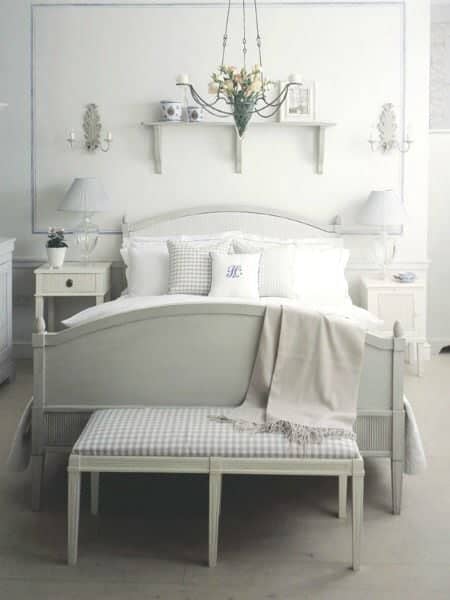
Form and Function
18th-century Swedes frequently collected various items to decorate their homes. These items were used to heighten the home’s atmosphere and make them even more comforting.
In addition to beautifying spaces, objects sometimes served practical purposes as well.
For example, cast-iron and tiled stoves in the living room created a focal point of the room but also were practical for staying warm.
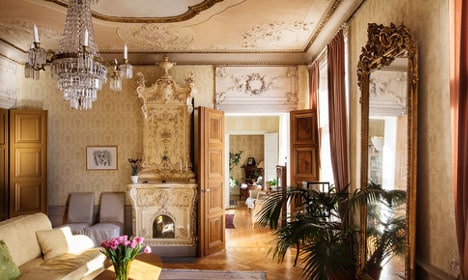
Organic Decor
Besides antiques, Swedes also decorated with things they found in nature. People used flowers, plants, pebbles, stones, shells, and more to add ambiance to the home.
Organic and natural materials like wood, glass, and textiles also were used for hand-made decorations.
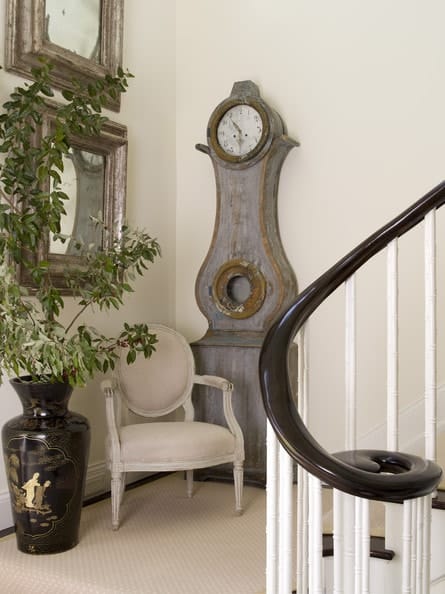
Surface embellishments
Walls, fabrics, and furniture all became a canvas for Swedish designers to decorate.
Floral patterns, checks, stripes, and even fabric were used to decorate the walls. Stencil decoration, wreaths, and heart themes became frequent motifs for Swedish furniture.
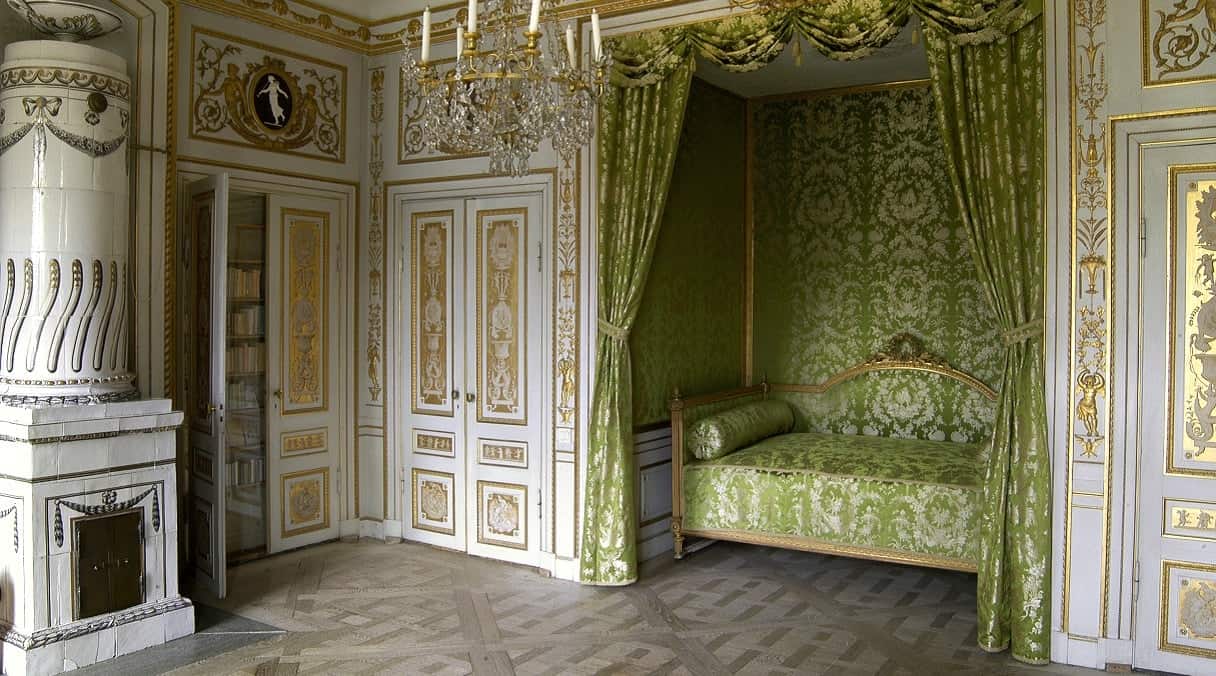
Lighting
During the darkest months of the winter in most of the country, the sun is only out for less than six hours a day. So it is no wonder that they began building houses with large windows.
These windows, lined with Roman blinds and thin curtains, let in as much sunlight as possible during the day.
Candles, stoves, fireplaces, and chandeliers were (and remain) wintertime staples to keep homes comfortably lit.
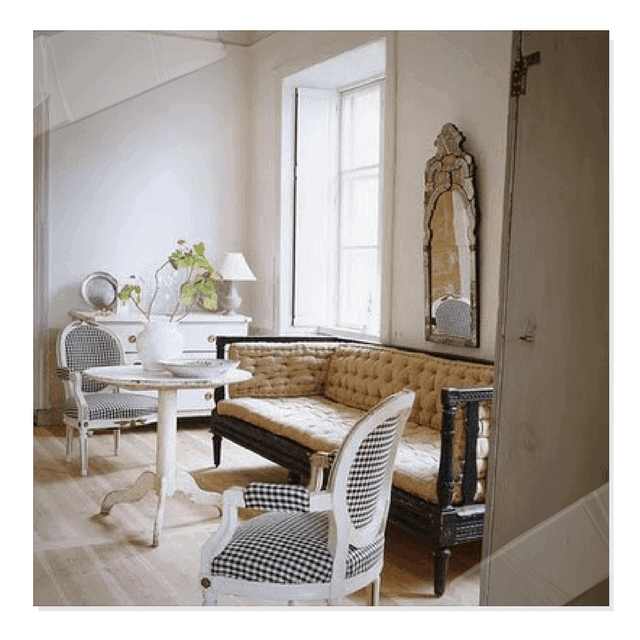
Gustavian Furniture
Some pieces are distinctively Gustavian, and some require a little more examination to ascertain which era they come from.
Muted hues, reserved elegance, and Neoclassic elements are a few identifiers, but some pieces that arose during this period are iconic examples of Gustavian design.
These include the Mora clock, Swedish Gustavian barrel back chairs, and carved painted wooden settees or sofa benches, always painted.
Set of Dining Chairs, c. 1800
This set of 18th-century Gustavian chairs are painted in a warm creme typical of the shades used at this time. The red silk upholstery and gilded details add interest to the neutral creme color.
Though minor, these accents elevate the chairs to something that looks more refined, but not ostentatious.
The circular design, decorative molding, and scroll-like borders beckon to the Louis XVI style. However, the straight lines on the legs and chair backs balance these motifs.
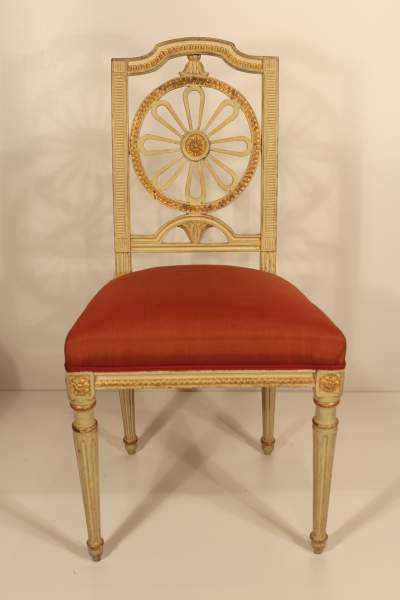
Commode, c. 1820-1830
The Gustavian style remained just as crucial to 19th centuryx design as it was when it first began. This Gustavian commode with a bleached mahogany veneer adheres to the same principles as its predecessors.
Unlike the set of chairs, which reflect more French influence, this commode pulls more from Neoclassicism.
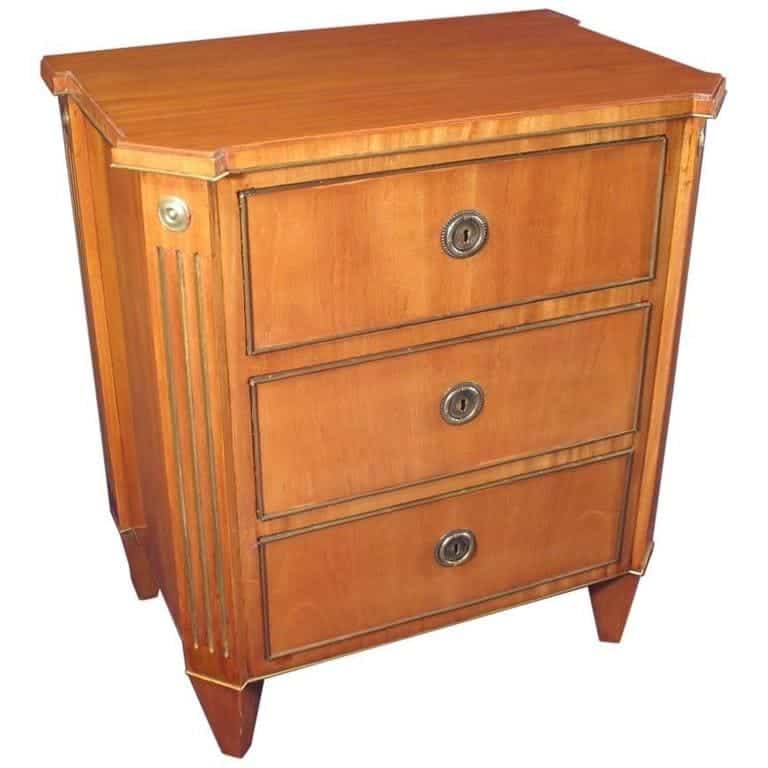
The clean lines are straight, simple, and give the piece depth. The brass decorations add additional interest, but don’t distract from the piece as a whole.
Gustavian Era in the 21st Century
The Gustavian style isn’t just important because of its influence on Scandanavian design. Repeatedly, it has been used when presenting Swedish culture both nationally and around the world.
Through its various revivals and evolutions, Gustavian design has helped develop the notion of both the ideal home and good taste.
Besides becoming more than a preference of taste, Gustavian style has influenced the way that numerous Swedish heritage institutions present, value, classify, preserve, and re-use history.
This style’s longevity is partly because it embraces several 20th-century characteristics, such as nationalism and internationalism and dreams of retro-utopia.
From a design perspective, however, the Swedish Gustavian style flawlessly connects tradition with modernity, which makes it a timeless design.
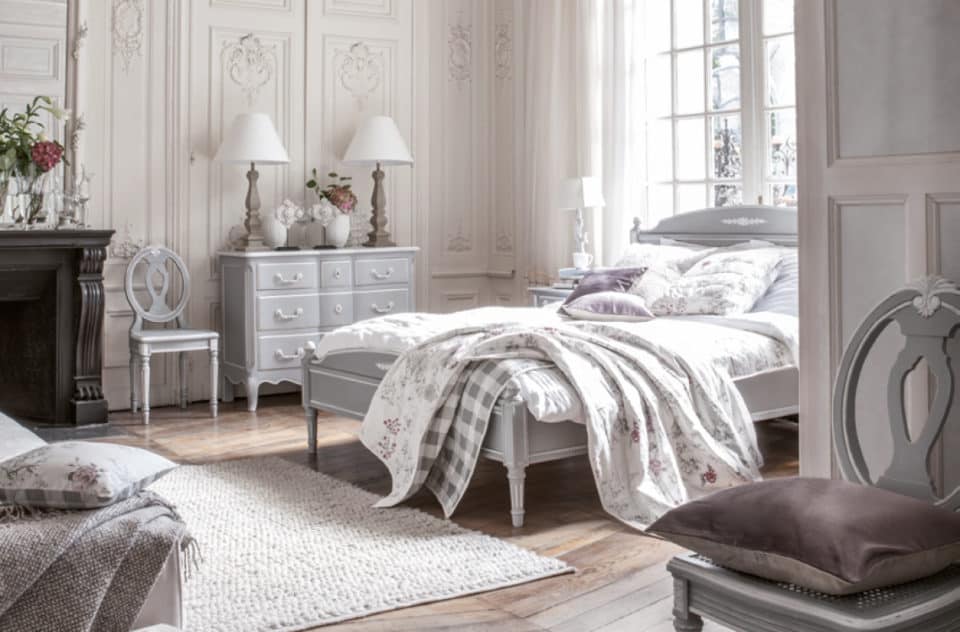
Styylish Design & More
Does this have you motivated to give your home a fresh new look? We have several Swedish antiques in the Shop.
For more ideas and inspiration, check out the Blog!

